How a small business can use Xero to track cashflow without using spreadsheets

Getting a clear view of the cash flow of your small business is extremely crucial to ensure consistent and long-term growth. Most businesses use spreadsheets to track expenses as well as incomes. However, this method is more time-consuming and it doesn’t give you a clear picture of your cash flow and hence the current financial performance of your business.
There is another low-cost and more efficient tool that can help you stay on top of your cash flow. Xero accounting software is a widely popular accounting tool that small businesses can use to keep an accurate track of the money coming in or out.
The user-friendly design of this tool allows you to tackle all cashflow management issues giving you a much better understanding of your current business health. This blog covers the ins and outs of cashflow management with Xero to help you understand what makes it a better choice than spreadsheets so keep on reading till the end.
- What is cash flow?
- Cashflow for Small Businesses
- Why Businesses Lose Sight of Their Cash Flow?
- Inefficient or Slow Data Entry
- Errors in The Entries
- Outdated Cash Flow Information
- Why is Cash Flow Visibility Important?
- Stepping Away from the Spreadsheets
- How Does Xero Work?
- How to Get Started?

What is Cash Flow?
Cashflow is a term that describes the movement of money into or out of an entity in the course of a specific time period. Cashflow is a direct indicator of a company's financial health which is why you need to measure it as accurately as possible.
If the cash flowing into your business exceeds the outflow, the cash flow is positive. On the other hand, if the inflowing cash is less than the cash outflow, the net cash flow is considered negative and you need to take measures immediately to turn it around.
Cashflow for Small Businesses
The cashflow is an important measure of your business’s financial standing. Small businesses tend to measure their cash flow by tracking sales and expenses on a spreadsheet and comparing the two.
About 65% of the failed small businesses report that the main reason for their failure was their inability to manage their finances. One major issue these companies faced was the lack of cash flow visibility which resulted from the use of complicated spreadsheets.
These companies were not able to identify whether they were making more than they were spending and that led to poor financial choices.
Why Businesses Lose Sight of Their Cash Flow?
Every business realizes how crucial it is to stay in the black. They know the importance of cash flow management but still, they seem to struggle. Even after knowing its importance these businesses still lose sight of their cash flow.
Tracking the cash flow in your small business is not as easy as it seems and some businesses suffer greatly before realizing this simple fact.
To manage their cash flow, businesses have to
- Keep a record of every single expense receipt.
- Record the revenue from every sale.
- Enter all this information regularly and accurately in their Google or Excel Cash Flow spreadsheet.
The information regarding the expenses, sales, etc., comes from your employees, business partners, or other entities and you need to track it closely to find the accurate cash flow.
The paperwork you get from these sources sometimes has errors or scribbled notes in the margins which you have to clear up via phone calls. This way, before you are able to add these numbers to a spreadsheet, you have to spend a lot of time and energy clearing things up.

Following are some factors that can also affect your cash flow visibility negatively
- Inefficient or Slow Data Entry
As your small business grows the number of rows and columns in your cash flow spreadsheets will grow making these more complex. With increasing sales and expenses, you have to spend a lot of time carefully entering the numbers.
To maintain the spreadsheet accuracy, you need to add the numbers slowly which wastes a huge amount of your time. This results in
- You push back the data entry task repeatedly. Doing this for a long time leads to you not knowing your current cash flow position.
- It also leads to gaps in your data which prevents you from getting a clear view of the performance of your business.
- Errors in The Entries
According to an estimate up to 90% of spreadsheets contain data entry errors no matter how careful you are. Finding bigger errors is easy as the numbers will visibly seem out of place.
However, it is extremely difficult to pinpoint smaller errors. Over time, these errors can add up and affect the integrity of your entire spreadsheet and that can lead to poor cash flow visibility.
- Outdated Cash Flow Information
When using a spreadsheet there is usually a lag between when the expense or sale happens and when you enter it into your record. The problem becomes visible when you create charts or graphs from these sheets and then you have to go back to add the data. In this case, you are basically taking snapshots of the cash flow.
This can leave big blind spots in your data which become more significant as your business picks up making your cash flow visibility less accurate.
When you enter data at irregular intervals, more things happen between each cash flow snapshot. These snapshots get further apart when you do not update the spreadsheets regularly making it hard to track your cash flow accurately.
Why is Cash Flow Visibility Important?
Every small business needs to know if they are making money or losing it and for that, they have to stay on top of their cash flow. By looking at their cash flow, these businesses can also find opportunities and troubleshoot problems that are making their profits go down.
This is why tracking your cash flow has more to it than simply giving you an idea about your financial health. For example, if you see a profit spike by looking at your cash flow then
- You can hire more staff to further capitalize on these opportunities.
- Come up with ways to either cross-sell or upsell those customers.
- Create marketing campaigns that will bring back customers during slow. Times.
Moreover, if you look at your cash flow and your revenue is flat, then
- You can run sales promotions to bring it up.
- Experiment with different products or services.
- Reorganize operations or staff schedules to lower expenses.
By knowing how your cash flow changes from day to day, you can make immediate changes to your business model and figure out strategies that work best in your specific case.

Stepping Away from the Spreadsheets
Spreadsheets are a common accounting tool that are ideal for micro-businesses with a very limited cash flow or activity. But for businesses who are growing and working with more customers or vendors, or dealing with increasing transactions, using this tool can get in the way of cash flow visibility.
This cuts off your view of the health of your business. You need to step away from spreadsheets if
- They are getting increasingly hard to maintain.
- You are not confident in the data that has been entered into your spreadsheets.
- You are not aware of what your small business cash flow looks like.
You can use other cost-effective alternatives to get a clearer view of your cash flow. Accounting software like Xero eliminates the need for manual data entry which not only reduces errors but also gives you a better view of your cash flow.
Xero Implementation allows you to atomically calculate your cash flow giving you a summary of money coming in and out of your business. It also gives you information regarding the money you are owed as well as the bills that are coming due.

How Does Xero Work?
Xero is a cloud-based accounting tool that you can buy on a flat monthly subscription basis. You can run this software on your laptop or desktop without having to download anything. After an online signup procedure you can get started with Xero right away.
Following are a few of Xero’s Features that make it ideal for small businesses
- It can link to your POS system or business bank account to keep track of sales and expenses in real time without any manual entry.
- The data comes straight from the bank which ensures it is both accurate as well as clean.
- This software will send out invoices which gives you information regarding what you are owed.
- Xero pools all of your data in a user-friendly dashboard which gives you a clear view of your financial situation. This dashboard is updated automatically on a daily basis.
How to Get Started?
Though Xero is an intuitive tool that you run by yourself. Still, it is better to have a professional accountant set it up for you. They can share the dashboard with you and give you a brief tutorial.
You can do it yourself if you want by starting a free trial and following how-to videos. After setting it up, small businesses can easily track cash flow and spend more time on other parts of the business rather than on bookkeeping.
Xero automates many accounting processes for you which is why about 98% of the users recommend it to other small businesses.
Conclusion
Xero allows small businesses to keep an eye on their cash flow with its user-friendly dashboard and accurate financial reporting. This innovative tool gives you a clear view of your expenses, bank balance, and invoice with just a click. Moreover, you can also use it to set alerts that allow you to take action to keep your cash flow positive.
This way, Xero helps businesses plan their expenses or resource allocation the right way which ensures your business is able to grow at a steady and consistent pace.
Visit Alpha Pro Partners today to get the best Xero accounting services to manage your cash flow better without any complicated spreadsheets.
FAQs
Is it possible to do cash flow in Xero?
You can get several tools and features to manage and calculate the cashflow of your small business.
What cashflow amount is good for a small business?
As a rule of thumb, cash flow that is enough to cover three to six month’s expenses of a small business is considered good.
Can Xero track the expense of your small business?
Xero gives you the ability to reimburse expenses and track expenses which improves your decision making.
What is a cash summary in Xero?
The cash summary is a report that shows the movement of cash to and from your business.
Does Xero automatically reconcile your bank statements?
Xero automatically matches your bank statement to the transactions which saves time and prevents manual entry errors.
Why do most small businesses struggle with cash flow?
The main reasons for this are poor data entry, rising labor costs, late payments from clients, and seasonal fluctuations.
Can you use Xero for free?
Xero offers a free 30-day trial to help you get familiar with its exciting features.
What is the quickest way to reconcile in Xero?
Cash coding is the easiest and fastest way to reconcile multiple statement lines in Xero.
Can Xero generate automatic bills or invoices?
Xero can create and email invoices to your customers on its own which saves you plenty of time.
Can clients pay you via Xero?
The invoices of Xero come with a pay now button that enables customers to pay right away using credit or debit cards.

.webp)

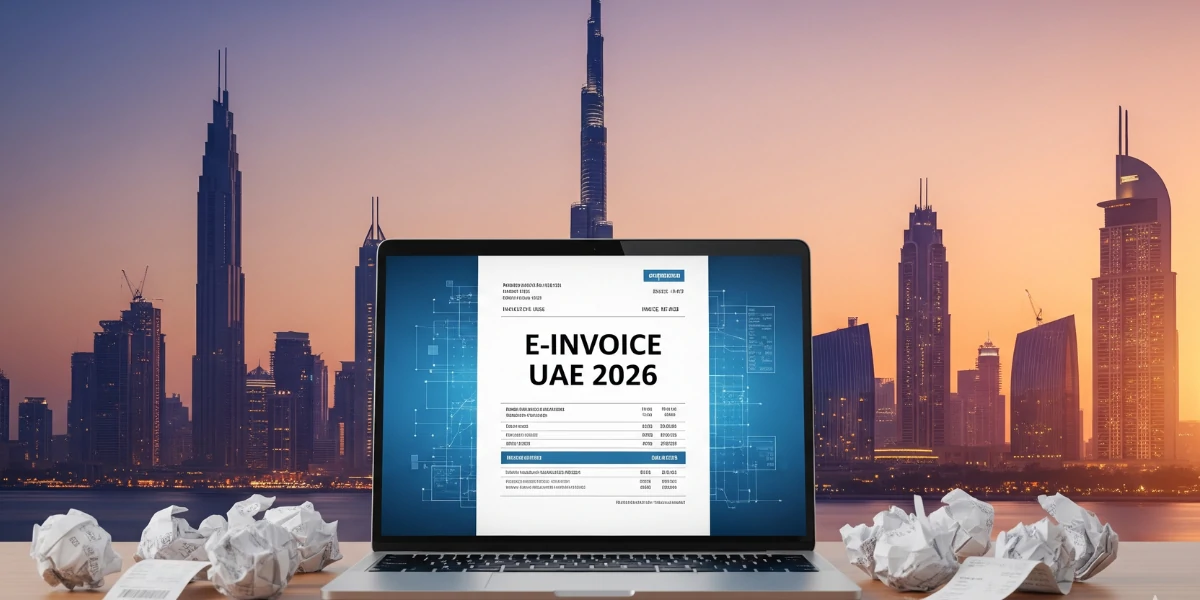
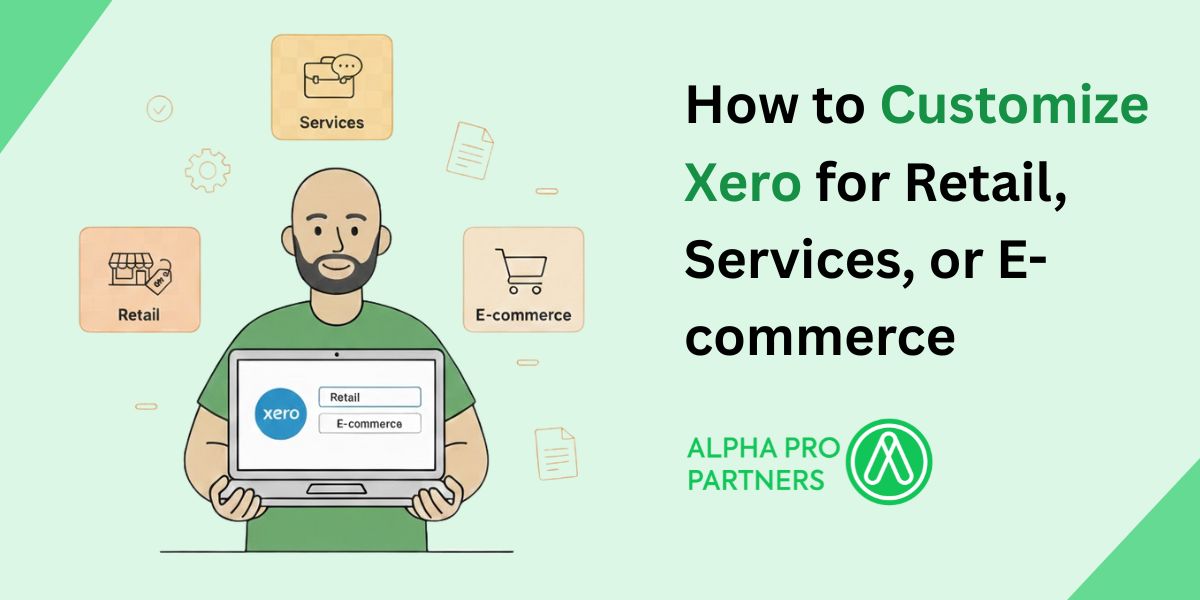




%20Widgets%2C%20Shortcuts%20%26%20Customisation.jpg)







.webp)
.webp)
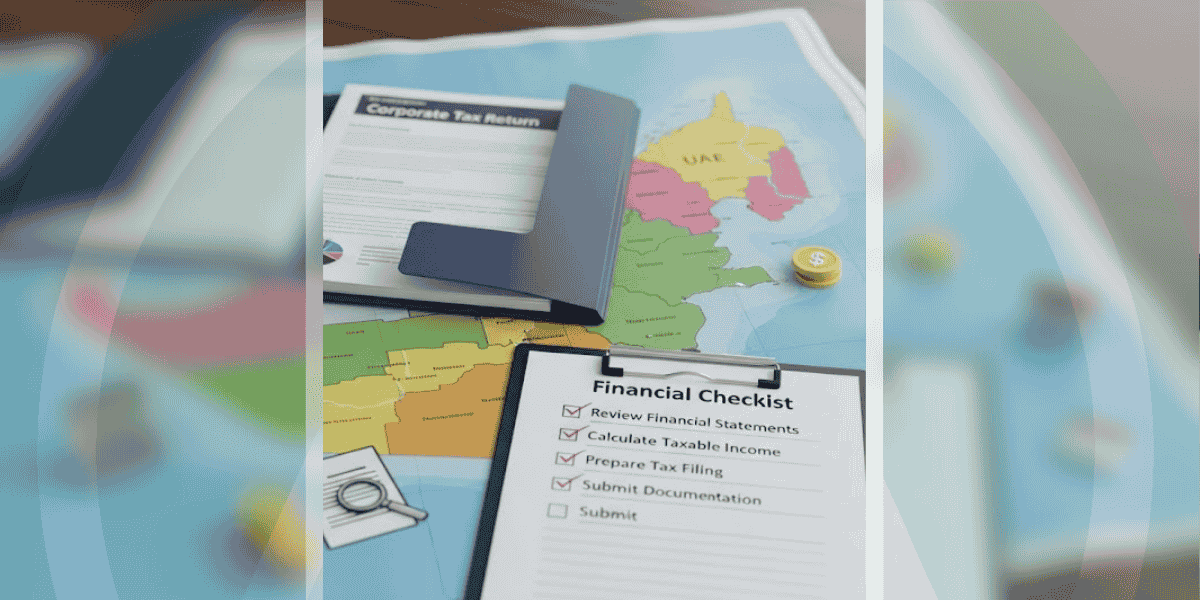
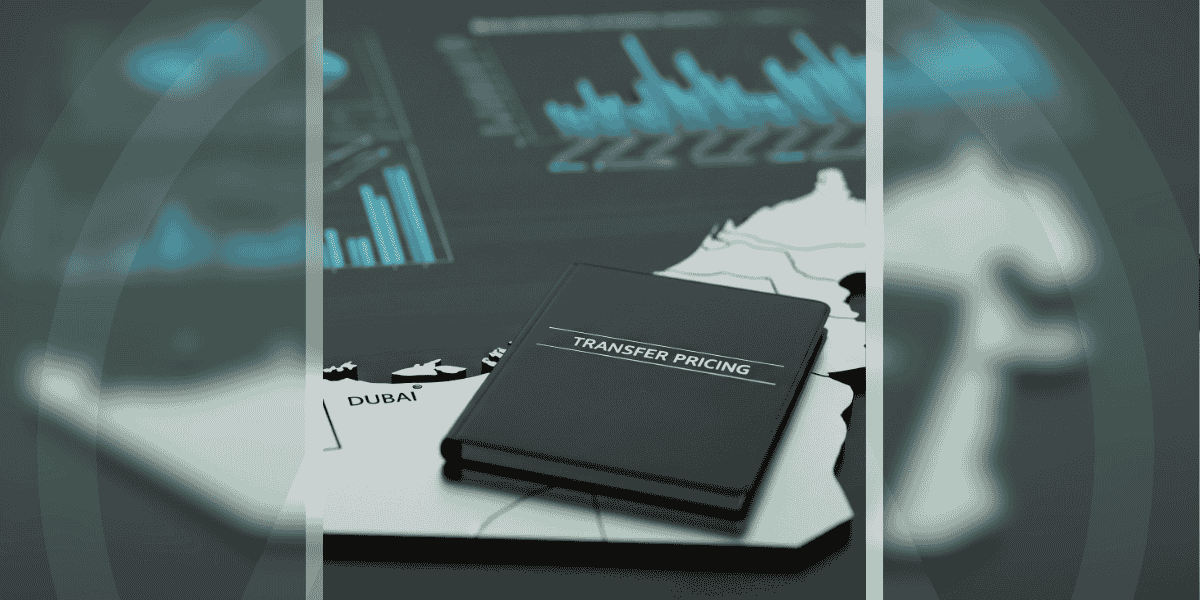
.png)
.png)
.png)
.png)
.png)

.png)
.png)



.png)
.png)





.jpg)


.jpg)




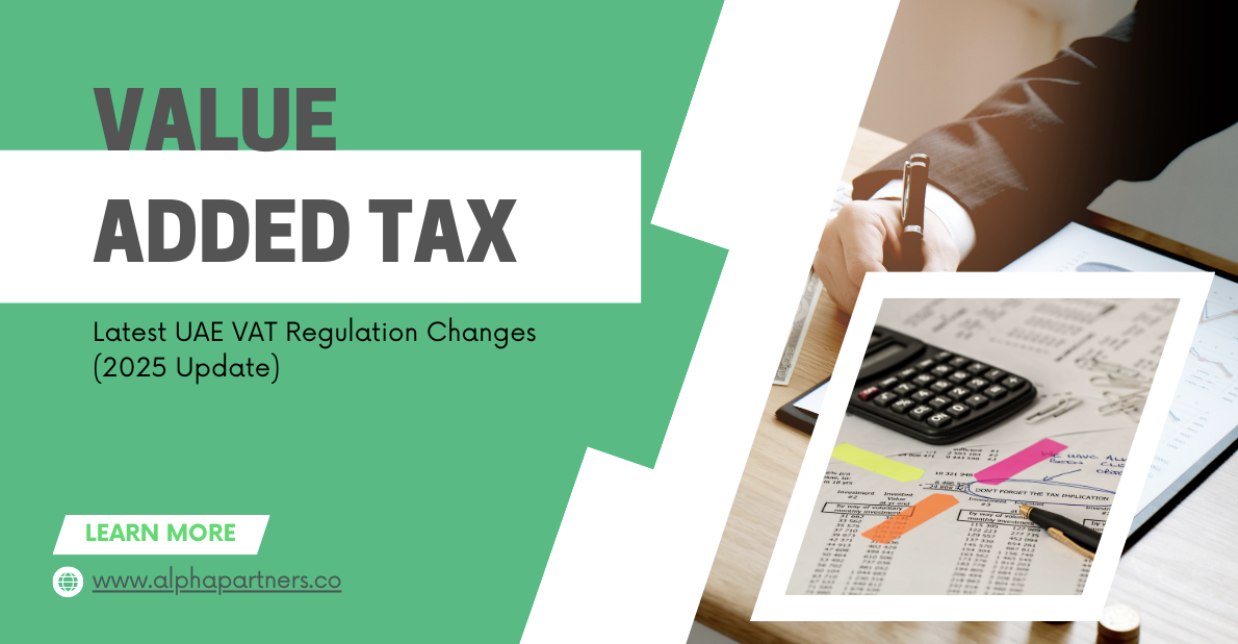
.png)
.png)






.png)


